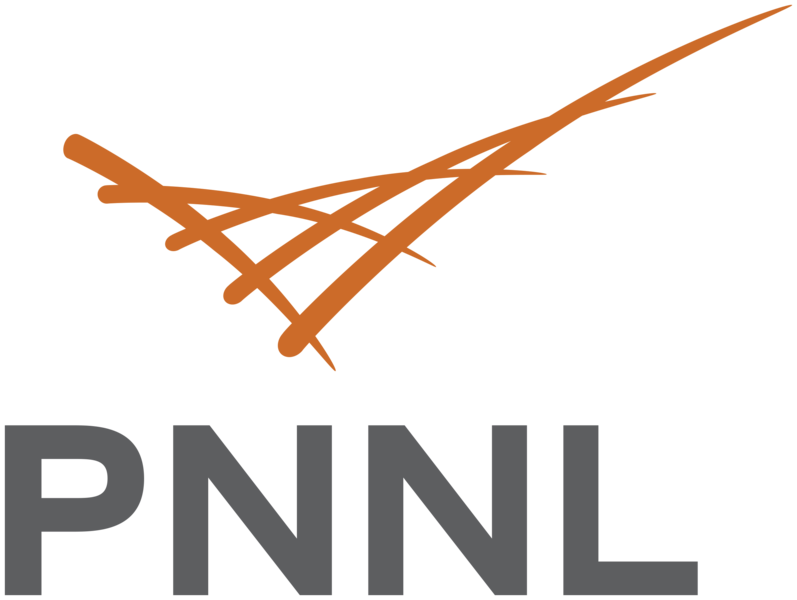Expectations for Principal Investigators
- Code of Conduct. Principal investigators must review and agree to ARM’s Code of Conduct when submitting a preproposal.
- Abstract. An abstract for the field campaign, suitable for posting on the ARM website, is required before the campaign begins.
- Science Plan. Based upon the scope of your field campaign, a science plan may be required. You will be notified if one is requested. The science plan will define relationships and collaborations, including ARM instrumentation, visiting instruments, aerial measurements, aerosol science and engineering, radar science and engineering, and modeling science areas.
- Data Submission. Data collected by a principal investigator instrument with ARM support is required to be quality-assured, documented, and released to the ARM Data Center as soon as possible after collection, but no later than 6 months from the date of completion of the field campaign. See Submitting Field Campaign Data and Metadata.
- Final Report. A final report for the field campaign is required to be submitted to ARM within 6 months of campaign completion.
- Acknowledgment of ARM Support. Investigators who receive ARM support for their campaign should use the following acknowledgment:
“This research was supported by the Atmospheric Radiation Measurement (ARM) user facility, a U.S. Department of Energy (DOE) Office of Science user facility managed by the Biological and Environmental Research program.”
Special Considerations
Uncrewed Aerial System (UAS) and Tethered Balloon Campaigns
- Campaigns proposing UAS or tethered balloon operations have additional requirements and longer timelines due to Federal Aviation Administration (FAA) and DOE Office of Aviation Management (OAM) regulations. The length required for this approval varies. The timeline can sometimes be shortened by securing a Certificate of Authorization (COA) ahead of time; however, we recommend initiating the proposal process at least 6 months prior to the intended start of the campaign.
- For sites where ARM has not previously operated UAS, and particularly international sites, the proposal process must be initiated at least 18 months prior to the start of the campaign.
- Use of small UAS may be proposed at any of the ARM atmospheric observatories.
Guest Instruments for AMF Campaigns
- ARM will consider logistical support for guest instrumentation associated with AMF campaigns.
- Due to additional logistical requirements (i.e., customs, shipping, etc.), each AMF campaign will have a cut-off date after which guest instrument support requests will no longer be accepted.
Instrumentation for Offsite Deployments
- ARM will consider deployments of non-critical spare instruments to principal investigators for offsite campaigns for periods of 6 months or less. Extensions may be requested.
- Principal investigators should clearly indicate what is requested of ARM for an offsite instrument campaign (e.g., shipping of instrumentation, operation or maintenance of instrumentation by ARM staff, or data processing) so that the total costs can be considered in the logistical review.
- Principal investigators may want to contact the ARM Instrument Coordinator for information about general instrument availability before submitting a preproposal.
- Instruments are expected to be returned to ARM in operational condition.
Keep up with the Atmospheric Observer
Updates on ARM news, events, and opportunities delivered to your inbox
ARM User Profile
ARM welcomes users from all institutions and nations. A free ARM user account is needed to access ARM data.


















